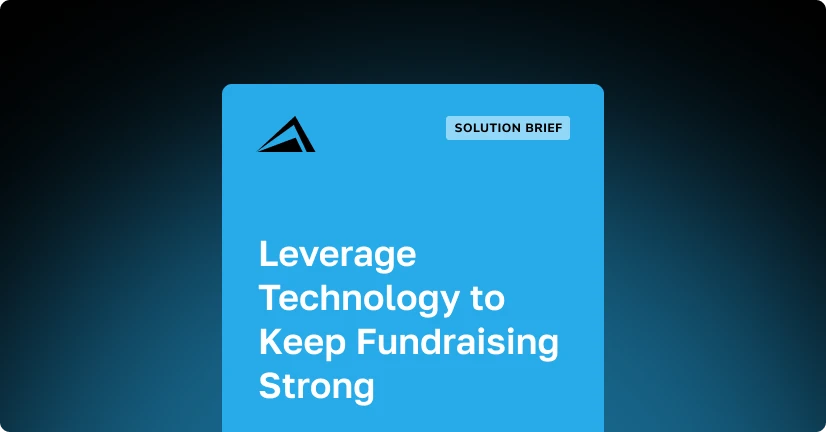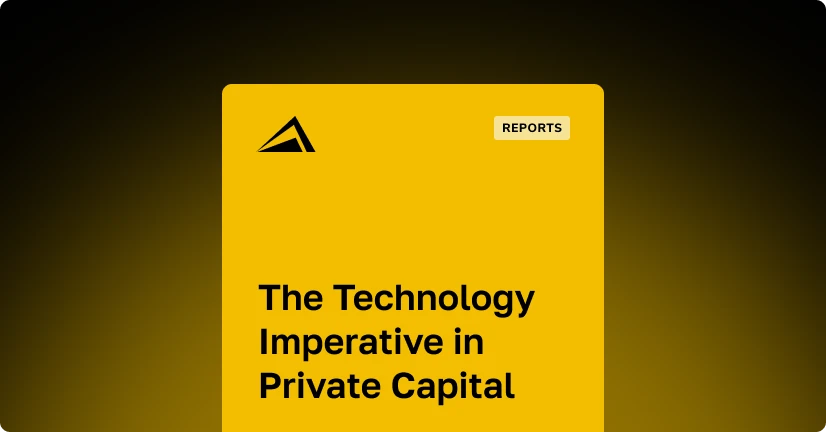Building healthy relationships with prospective Limited Partners is the only way a firm stays alive. Maintaining those relationships is a lot like advertising a firm to these investors. Your investor relations team wants to put their best foot forward and to make sure they’re seen favorably to the LP without compromising integrity.
Once an LP commits, keeping them engaged in firm operations is a whole different ball game in terms of marketing. It’s up to the firms to portray their ideas and their results in the best possible light.
As the world digitizes, investors expect an improved way for their GPs to discuss the important matters of payouts, capital calls, tax information, and investment performance among many other metrics.
This brings us to the crux of the issue.
PE firms need to prepare for the future by hedging against these 4 problems:
- Not knowing what metrics are going to keep each investor satisfied.
- Investor’s rapidly changing their minds in terms of what data they want to see from a firm.
- Slow and costly report generation due to manual inputs and lack of data consolidation
- A clean and efficient report, announcement, and notification system
General Partners need a single source for all of their LP related documents and outreach.
This brings us squarely to the most optimized solution to GP struggles: an Investor Relations Platform. A dashboard with complex and customizable data visualizations which gets fed directly from the portfolio companies’ accounting data.
A truly viable solution to your investor relations team issues will not only manage the data visualization and interpretation of a firm’s performance but will actually predict the best metrics to show to an investor given the firm’s performance. Let’s go into how a well developed dashboard solves all 4 issues mentioned above.
- A solid investor relations team dashboard is customizable to the LPs taste. By automating the data visualization process, investors can pick and choose the metrics they want to visualize and how they want it done. Of course, firms want to guide the investors towards metrics that showcase their best achievements. Using predictive analytics, an investor dashboard can pick and choose the initial metrics that LPs see when they log on. They also use Machine Learning to toe the line between what LPs want to see and what presents the firm in the most favorable light.
- Investor’s rapidly changing their mind is an unfortunate problem that can cause panic for the LP. Thus a dashboard needs to be oriented around investor psychology. A proper IR platform will guide the LP towards “stability”. The initial presentation of results to an investor is by far the most important. After years of praying that their money is going in the right direction, nothing is scarier for an investor than the first look at the results. The way a dashboard reduces that fear is that it allows the investor to track the progress of portfolio companies on a more regular basis. Every win along the way is documented and presented to investors. With regular reporting practices, investors have much less to fear.
- Arguably the biggest cost cutting factor a dashboard has is it rids the firm of having to outsource fund admin and IR to an agency. IR agencies are a HUGE cost to the firm’s bottom line.. After receiving the reports, IR agencies tend to take way too long to get back to the firm, often going days with radio silence and when they finally respond to a GP, they’ll often ask for clarification on data or more information on a part of the investment. After they generate very generic and most likely automated reports, they’ll deploy them to LPs without any clue in the world whether these specific LPs will respond positively or negatively. A dashboard cuts the middleman. By integrating portfolio data directly into the dashboard, there’s no need to find minute accounting reports and have a back and forth with an agent. The dashboard simply works better the more you give it and will discern what to use and what not to use without the firm having to clarify.
- Finally, LPs today are bombarded with notifications of their investment performance towards the end of the deal cycle. It seems simple and somewhat arbitrary, but maintaining a clean communication system with an LP goes a long way. Every investor wants to know when they will receive returns on their investments but not every investor necessarily wants to know when the tax reporting has been completed for a particular portfolio company. A dashboard is once again the perfect tool with default settings optimized for getting the most amount of data out in the least possible amount of documentation. Furthermore, if LPs have preferences on what events they want to be notified of and when, they can choose to be notified of these events.
At the end of the day, the biggest thing firms need to communicate to LPs is that they are trustworthy. There is no better way to do so other than letting LPs have (or at least think they have) a complete view of the inner workings of their investments.




